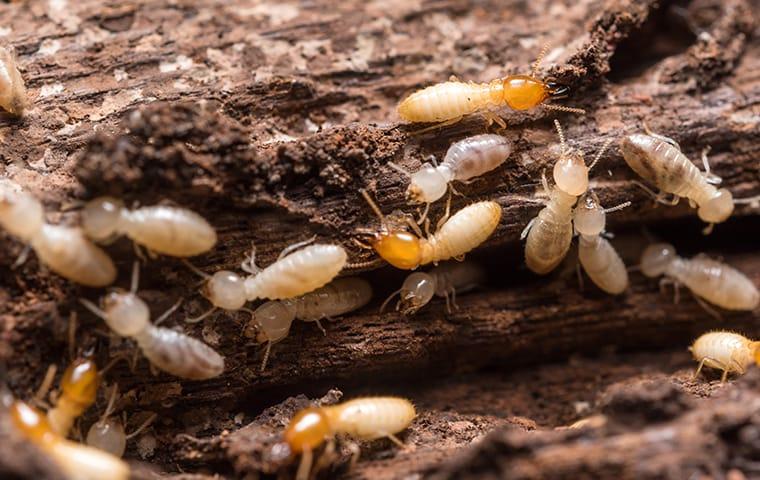In order to protect your home, you need to know what you’re protecting it from. For Dallas homeowners, one of the most dangerous pests you can have in your home is the termite. Termites cause billions of dollars in damages across the U.S. every year. They are responsible for thousands of dollars in costs to just in a single home! If you want to keep termites out of your home (and trust us, you do), you first need to know a little about their behavior and the things that might be attracting them to your Dallas home. Here’s a guide to help you out.

Termite Caste Systems
Not all termites are the same. Throughout Texas, you’re most likely dealing with subterranean termites. These pests live in large colonies underground. They find ways to get from the soil to the inside of the wooden structures that make up your house. They eat cellulose, found in wood, and can destroy the internal structure of your home or building before you know they’re there.
Worker termites are the members that gather food for the colony and dig tunnels through the wood found in your home. Soldier termites are in charge of protecting the colony. They patch holes in tunnels and make sure the worker termites are hidden and undisturbed. Finally, swarmer termites sometimes leave the nest to mate and start a new colony. These termites are the largest caste members and have wings.
Signs Of Termite Damage
Almost all termites prefer to remain hidden. Only the swarmer termites will emerge, and even then, only once or twice a year. You may see them flying around, or you may see evidence of their presence, such as discarded wings or dead bodies. There are some ways to identify termite damage, however.
Check for small mud tubes around the foundation of your home. Termites use these tunnels to get from their underground nest to the wood they’re feeding on. You may also see frass or feces around the base of your walls. Depending on how long termites have been eating away at your home, you may notice hollow-sounding walls. If the damage is severe, you may even begin to see bulging walls, peeling paint, or even a drooping ceiling.
Termite Prevention
There are some steps you can take to try and prevent this damage from happening in the first place. Termites are attracted to softer wood, which is easier to chew. Often water-damaged wood will attract termites. Therefore, to prevent an infestation, fix leaks promptly, and replace damaged wood. You may also consider a dehumidifier if there are humid areas in your home.
The next step is to clean up your property. Termites may first be attracted to your yard to feed on debris—old cardboard, or rotting stumps. Once they’re in your yard, it won’t take long for them to find your house. You can also decrease your chance of a termite run-in by keeping wet soil away from the exterior of your foundation and clearing away any foliage near your home.
Controlling a Termite Infestation
If termites do get in, the damage can be expensive. A do-it-yourself approach is never smart with termites. The longer you take getting rid of them, the more damage they’ll cause. Instead, let Evolve Pest Control get rid of termites quickly and efficiently. Reach out today and in no time, you’ll be worry-free—at least when it comes to termites.

